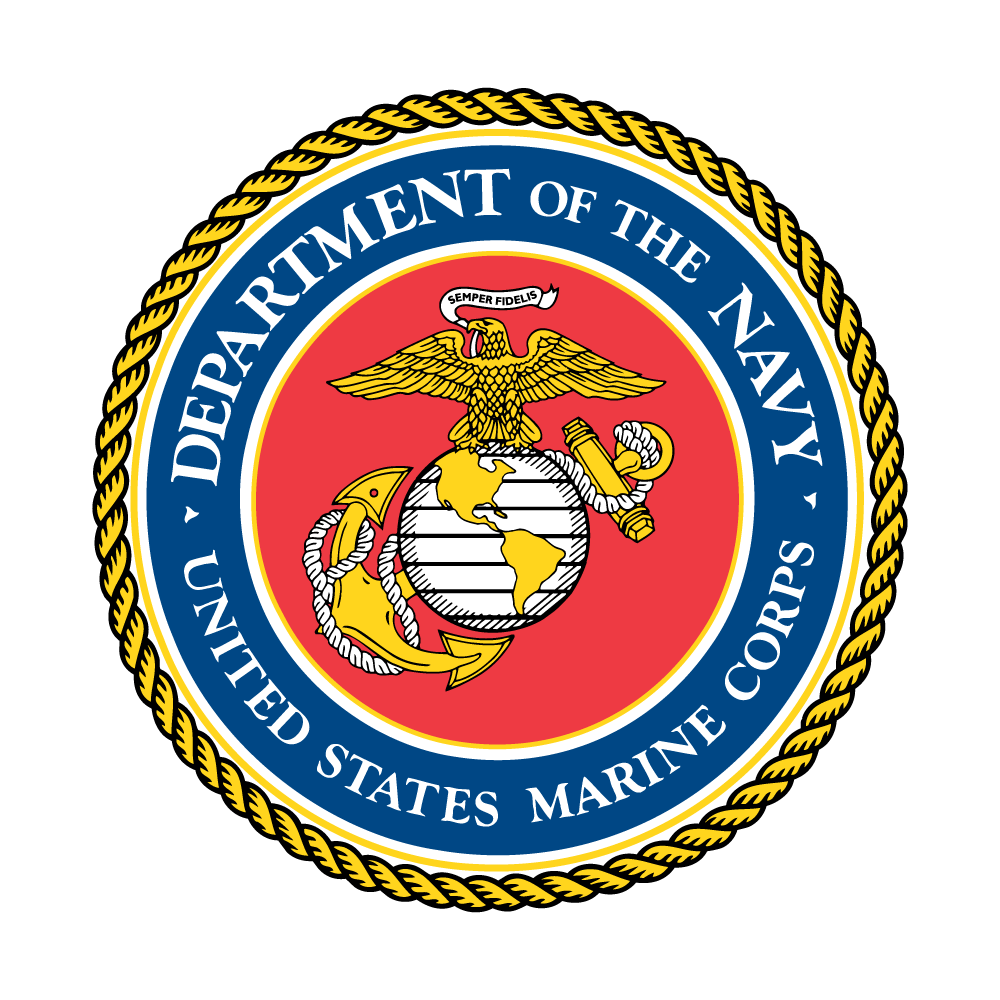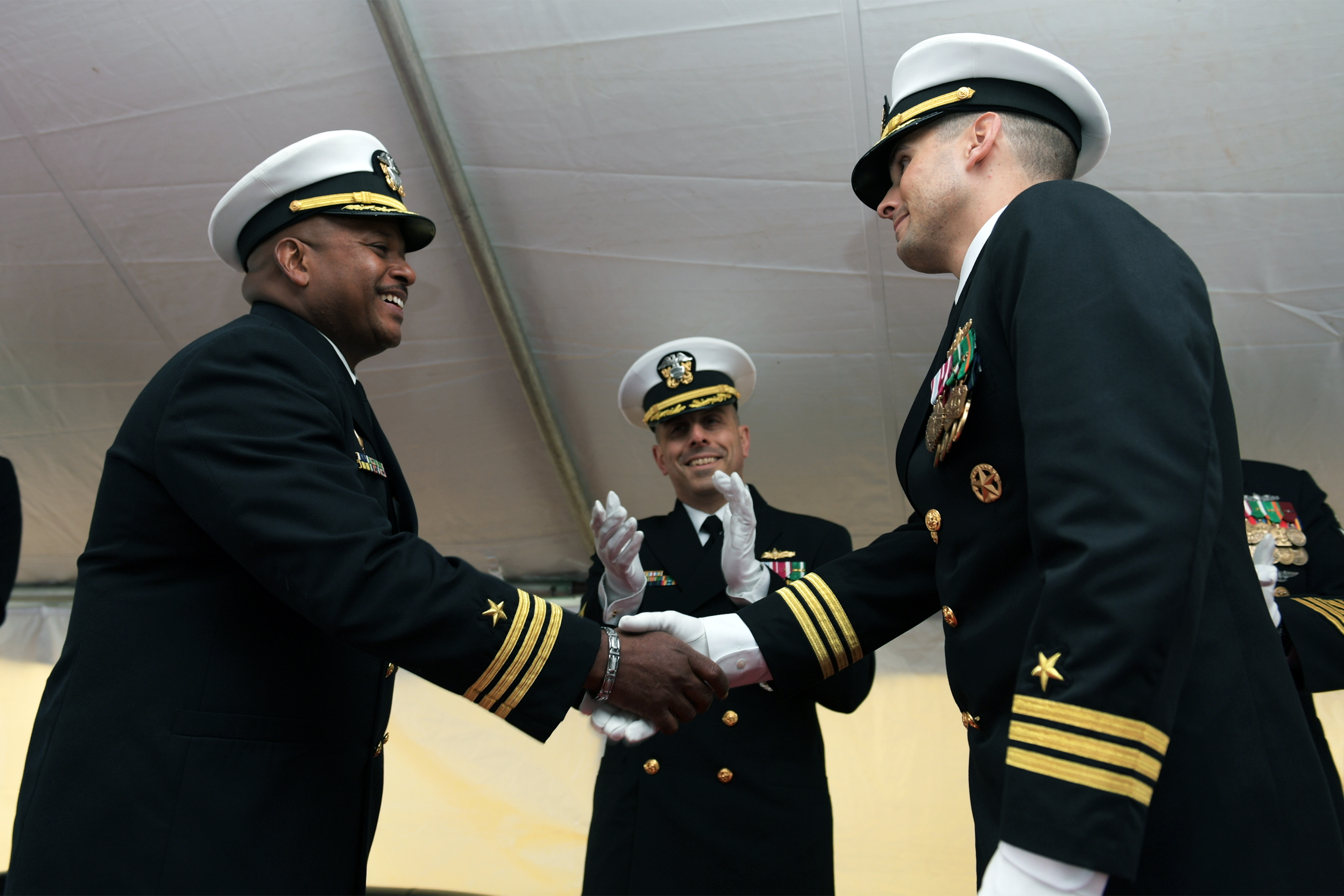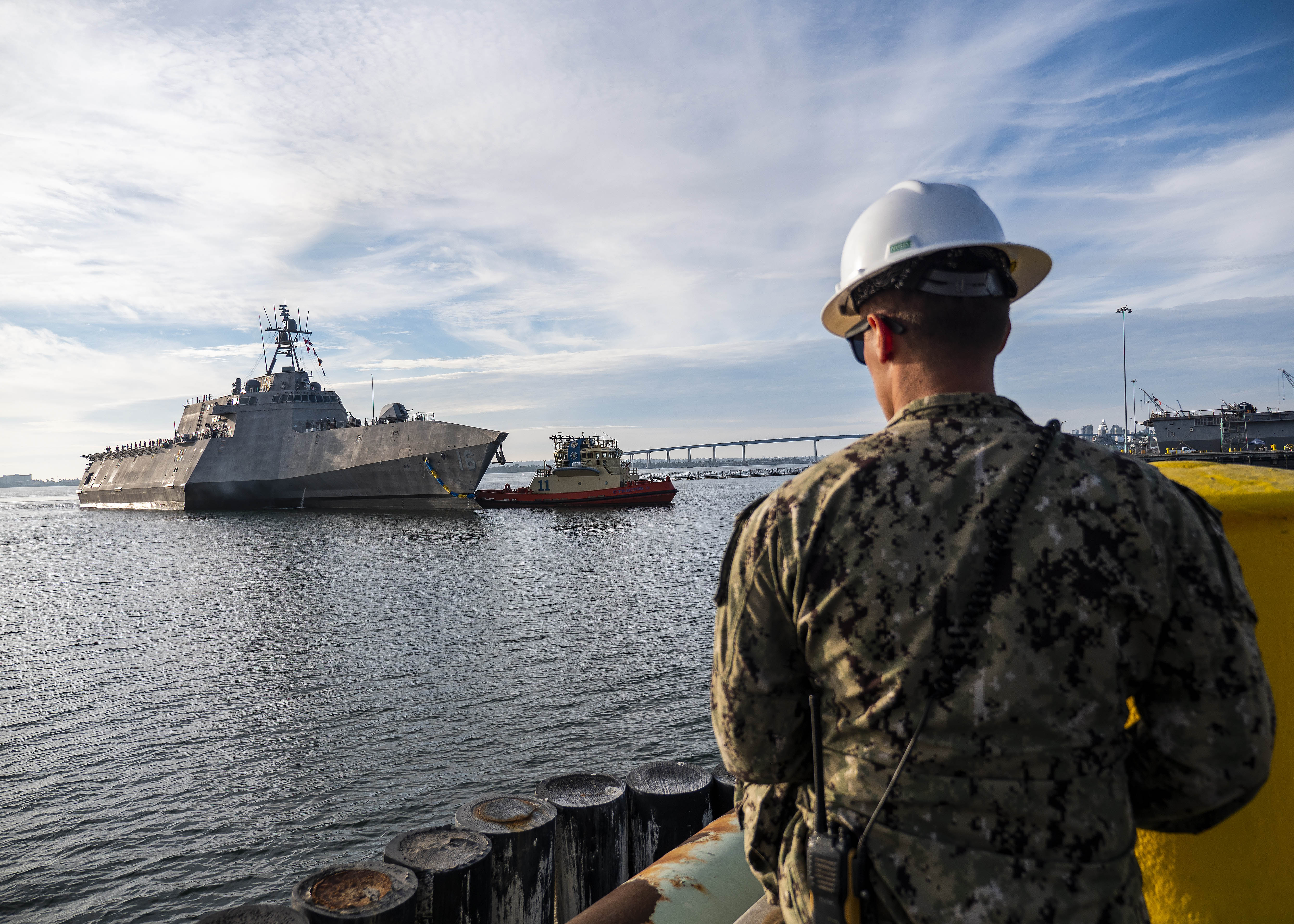Navy Vs Marine Corps - On the eve of World War I, the Marine Corps struggled with its identity while struggling to articulate mission and doctrine.
Despite the war's victory, the corps' conflict over existence was not resolved until 1933, when the service became the Fleet Navy (FMF).
Navy Vs Marine Corps

Marine Corps troops are under the urgent need of the fleet, placed under the operational control of the fleet commander, and used as an extension of the fleet. This force design was critical to the success of the Pacific island campaigns during World War II and contributed to naval supremacy in the global maritime area for the remainder of the century.
Help Celebrate The 250th Anniversary Of The Navy & Marine Corps
But as the 20th century drew to a close, the Corps moved away from its focus on naval integration. Although the Goldwater-Nichols Act of 1986 emphasized cohesion, it paradoxically strengthened the independent composition of the Marine Corps at the expense of interdependence with the Navy. The Marine Corps reorganizes to stand alone and offer combatant commanders the effectiveness of the Marine Air-Ground Task Force (MAGTF). If the Navy can get the Corps to fight, the Marine Corps will get down to business. As demonstrated by the Corps' unparalleled performance in Operations Desert Storm and Iraqi Freedom, this model is effective regardless of the cost of the service's ability to support maritime operations.
In the 1992 film A Few Good Men, Second Lieutenant Jonathan Kendrick (Kiefer Sutherland) describes an extreme version of the Marine Corps post-Cold War emphasis on naval independence when he says, “I like all of you Marines. Whenever we have to go somewhere to fight, you guys always give us a ride.'
After two decades of using the Marine Corps as a second land force in the Middle East and Southwest Asia, it will be hard for an outside observer to argue that the Marine Corps is a naval power by any means. Stomach floats. From 1986 until today, Marine Corps planners have asked the Navy a central question: "What can the Navy do for the Marine Corps?"
In his first days as commander of the 38th Marine Corps (CMC), General David Berger issued a directive ordering the immediate reorganization of the corps as
Navy, Marine Corps Release Unmanned Campaign Plan > United States Navy > Display Pressreleases
(CPG) requires that Marine Corps planners now ask, "What can the Marine Corps do for the fleet?" Force design is the first priority, and the commander is willing to sacrifice whatever it takes to radically change the force inventory to ensure that his vision is realized.
This guide provides guidance on sacred cows such as the traditional use of the MAGTF, the role of the Maritime Expeditionary Force (MEF), and the uses of the Marine Pre-Deployment Force (MPF). Navy leaders may see this as a major risk, but CPG considers the challenges this vision will pose. The 23-page document discusses risk 26 times, articulating the value that can be obtained from trade-offs.
But the document may not address the most significant danger to that vision: Is the Marine Corps building the way the Navy wants it to?
Within four years, the manning, organization and training of the Marine Corps would change radically. But while commanders seek a better corps position within the Navy, it's unclear whether the CPG is part of the Navy's vision for its future. There is no reference to the commander's efforts or vision for future Marine Corps recruitment in any of the declassified Navy strategic guides. The only document that comes close
Decoding The Difference Between Military Branches
), which vaguely mentions deepening the Navy's integration with other services and prioritizing integration with the Marine Corps. Read carefully
It does not show consistency with the CPG, and in any case, it does not provide sufficient detail for action by Navy planners.
The Corps is "leading" and leading rapidly in its quest to build a force that will better support the Navy's efforts to succeed in an increasingly complex and contested maritime domain marked by increasing anti-access/territory-denial (A2AD) threats. The Corps' swift move had an advantage—it removed the bureaucratic slack that usually hinders (surprisingly) radical change. And it is unlikely that institutional inertia will cause that vision to wilt at its core. But there is great danger of letting the seals wag their tails. In four years, the Corps will radically change and make changes that will have an impact for decades, and it will exist in a form in which
Do you think it's necessary? The Marine Corps wants a transformation, but will the Navy use the transformed service?
Navy, Marine Corps And Coast Guard Release Maritime Strategy > United States Marine Corps Flagship > News Display
When the USS Boxer (LHD-4) transited the Strait of Hormuz in August, the Marines on board did more than just hitch a ride. The LAV-25 armored vehicle plays an active role in protecting the ship which is strapped to the harbor lift to prevent and defend against Iranian drones and small boats. Major General David Coffman said the LAV was a "creative" tool to use because it has "better sensors than ships . . . finding small boats.'
CPGs know this. His notes: "We have to ask ourselves – what do fleet commanders want from the Marine Corps and what does the fleet need from the Marine Corps?" But it is mandatory
To answer these questions! The Navy cannot leave the Marine Corps alone to face this challenge. If the Navy doesn't get involved now, it won't be able to take advantage of the opportunities that exist today. If the Navy wants to ensure that the Corps will become its naval expeditionary force that can be used as an FMF to support fleet operations as a true extension of the fleet, it must ensure that the transformation of the Marine Corps is consistent with fleet strategy. vision. The Navy should use the CPG to best utilize the Marine Corps.

Naval designers had to move faster. Naturally, planners move at a measured pace in services where the planning, building, and maintenance of ships is a task measured in years. But this approach easily extends to functional areas that can be more agile and agile.
Marines On The Waterfront: Expanding On Leadership
Directing the Navy to become more agile in the conceptual, geographic, and technological spaces, but this would not be possible without increased agility in the process space.
Planning for the force structure in the Marine Corps stalled. The Navy could respond by ordering the Corps to slow down, but that would be a bad decision. The CPG needed a transformation to give the Navy and the nation a power that could surpass that of the enemy. It seeks to succeed primarily through deterrence—the provision of forces that will prevent conflict, rather than winning the inevitable, costly battles.
Telling Corps to slow down would mean handing the initiative over to the enemy, condemning the landing force to paying the monstrous butcher's bill it might otherwise have avoided. Instead, the Deputy Chief of Naval Operations (CNO) for Plans and Strategy and other related services must quickly develop a Marine Corps deployment vision that uses the initiative and creativity of the CPG and integrates with Marine Corps planners to ensure Marine Corps force development. fit the intention
(or another guide from the new CNO in its place). This must be completed in months, not years, or the CPG's potential value could be lost to the Navy.
As Deadline Looms, Navy And Marine Corps Prepare To Boot Troops Who Refuse Covid 19 Vaccine
The CPG discussed seeking amphibious deployments in ways other than "L-ship" amphibious assaults, with an emphasis on "affordable and rich at the expense of subtle and meager".
It seeks to avoid giving the enemy the advantageous objective of concentrating power over multiple ships by creating a "new fleet design with smaller, deadlier, and riskier platforms."
Does not address amphibious capabilities at all and makes vague references to Marine Corps integration only once.

The call for the development of the Distributed Maritime Operations (DMO) concept offers a mechanism to align Navy and Marine Corps planning for future amphibious capabilities. But the Navy must articulate how amphibious forces should support fleet operations so the Marine Corps doesn't develop an incompatible concept without that guidance. The Navy must also determine how the Marine Corps can become an extension of the fleet, as this will inform design and selection of amphibious platforms and connectors. Otherwise, the Marine Corps decision may support the CPG's vision for an amphibious capability, but not the Navy's vision for a DMO.
The Marine Corps' Shifting Focus: What To Know
Does not discuss maritime controls in detail and makes no mention of denial at sea. Mastery of the sea appears only as a preamble: "It has been decades since we last fought for control of the sea," but there is no discussion of how to fight for mastery of the seas today.
In contrast, the CPG mentioned control of sea eight times, denial of sea four times, and expressly mandated that the altered hull be "deliberately constructed to facilitate denial of sea and guaranteed access to support for the fleet."
This will be achieved by deploying long-range ground-based precision fire on the enemy's weapons defeat zone (WEZ), controlling enemy sea lines of communication and providing guaranteed access to fleet commanders.
If the Navy is on board with the vision, it should be
Drums And Bugles Herald Centennial Of Marine Corps Recruit Depot San Diego
Marine corps and navy, navy marine corps relief, marine corps navy, us navy marine corps, marine corps vs navy seals, navy marine corps ribbon, navy marine corps medal, navy marine corps stadium, navy marine corps ball, navy marine corps uniform, marine corps navy cross, navy marine corps exchange

0 Comments